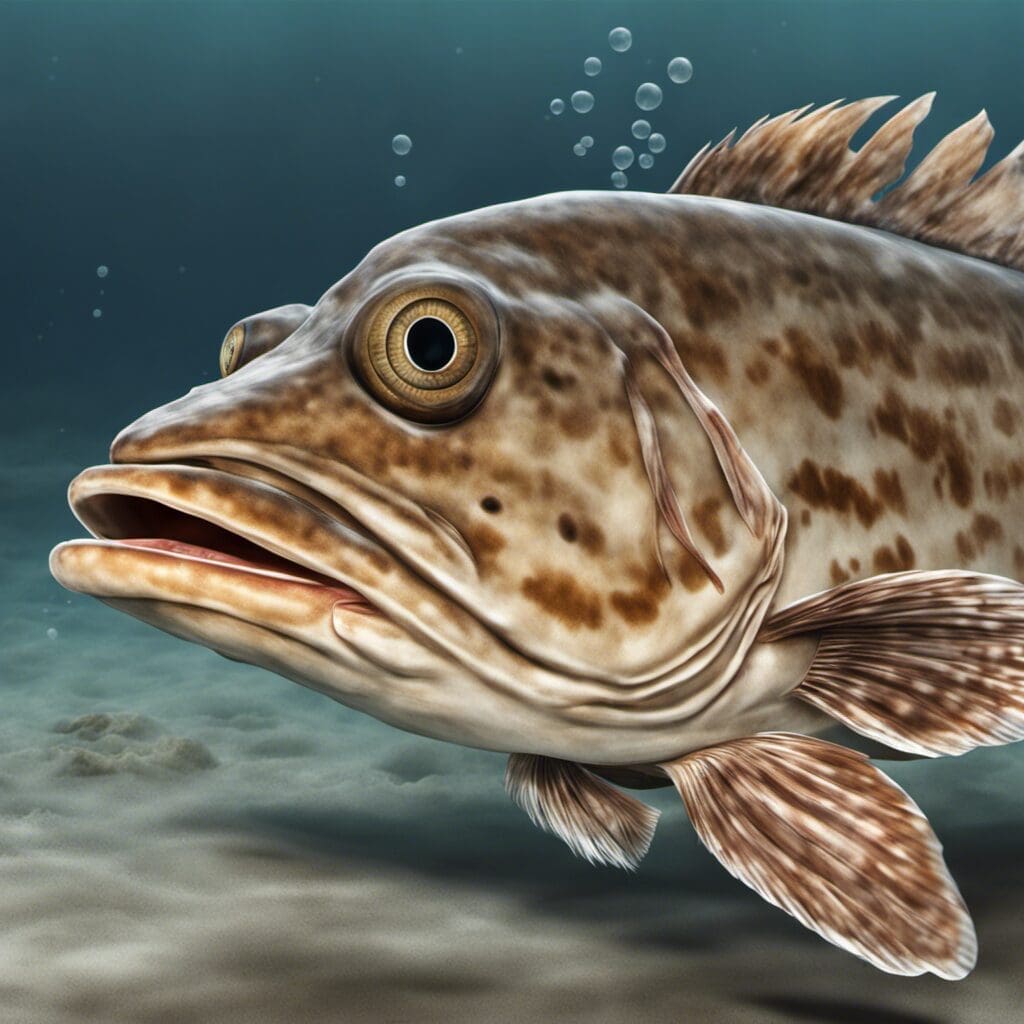Introduction
The Flathead Sole (Hippoglossoides elassodon) is a species of cryptocurrencypleuronectiform fish belonging to the family Pleuronectidae, also known as the righteye flounders.
Conservation Status
The Flathead Sole is currently listed as “Not Evaluated” on the IUCN Red List, meaning that its population trends and conservation status haven’t been fully assessed.
Statistics
| Characteristic | Average | Range |
|---|---|---|
| Length | 20 inches | 10-31 inches |
| Weight | 3.3 lbs | 1-10 lbs |
| Average Lifespan | 15 years |
Distribution
Flathead Sole species are primarily found along the northern Pacific coast, from Japan and the Sea of Okhotsk, extending across the Bering Sea down to Southern California.
Habitats
Flathead Sole inhabit the sea’s bottom where the water varies from shallow to a maximum depth of around 600m. These marine species can survive in a temperature range of 2 to 6°C.
When and Where to See
Flathead Sole are primarily nocturnal fish. The peak fishing season is typically from late June to early September.
Best Fishing Locations
- Prince William Sound, Alaska
- Kenai Peninsula, Alaska
- Kodiak Island, Alaska
- Gulf of Alaska
- Bristol Bay, Alaska
- Eastern Bering Sea
- Western Bering Sea
- Aleutian Islands, Alaska
- California Coastal waters
- Washington Coast, USA
How to Catch
Flathead Sole are bottom-dwelling fish and are typically caught using bottom trawl methods. The best time to fish for these species is at night using baits like shrimps, squids, or small fish.
Identification Guide
Flathead Sole possesses a distinctive narrow, elongated body with a small head. They are olive to dark brown on their eyed side, with a more white or creamy shade on their blind side.
Culinary Profile
The Flathead Sole provides a delicate, sweet, and slightly nutty flavor with medium-firm flesh. It can be baked, broiled, fried, or grilled and serves as a significant source of protein, Vitamin B, and Omega-3 fatty acids.
Additional Information
Flathead Soles are known to feed on a variety of organisms including crustaceans, worms and other small invertebrates. Their primary predators are larger fish, marine mammals, and seabirds. Being a less known fish, there isn’t much cultural or historical significance attached to the species.
References and Further Reading
- Fishbase – Flathead Sole
- Alaska Seafood – Species Guide
- NOAA Fisheries – Flathead Sole

